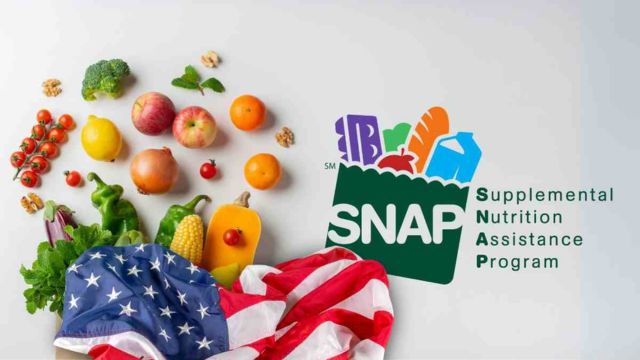New SNAP Benefit Increases Begin October 1: Major Boosts for Top States
As food prices continue to soar, the Supplemental Nutrition Assistance Program (SNAP) is set to implement slight increases in benefits starting October 1, 2024. This adjustment, while not substantial, aims to provide some relief to low-income individuals and families struggling to afford necessities amid ongoing inflation.
Importance of SNAP in Supporting Households
The SNAP program, formerly known as the Food Stamp Program, plays a crucial role in assisting eligible households in covering their food expenses. With the impending changes, the maximum benefit amounts will see a marginal increase, affecting recipients across the 48 contiguous states and the District of Columbia.
New Maximum Benefit Amounts by Household Size
The following are the new maximum benefit amounts based on household size:
- 1 Member: $292
- 2 Members: $536
- 3 Members: $768
- 4 Members: $975
- 5 Members: $1,158
- 6 Members: $1,390
- 7 Members: $1,536
- 8 Members: $1,756
- Additional Person: $220
It is important to note that some states, such as Guam, the U.S. Virgin Islands, Alaska, and Hawaii, will experience higher benefit increases. For example, a family of four in Hawaii can receive up to $1,723 to help with food costs, reflecting the state’s higher cost of living.
Changes to SNAP Eligibility Requirements
Alongside these adjustments, the eligibility requirements for SNAP will also change. Starting next month, more individuals will need to demonstrate participation in training, education, or employment to qualify. This update particularly impacts able-bodied adults without dependents (ABAWDs) aged 53 to 54, who must now meet similar work requirements as younger ABAWDs.
However, exemptions exist for certain groups, including veterans, the homeless, and young adults aged 18 to 24 who have aged out of foster care, among others.
Aligning SNAP with Labor Market Demands
According to a USDA representative, the new guidelines are part of a broader effort to align SNAP eligibility with current labor market demands. For those unable to meet the new requirements, SNAP benefits will be limited to three months within a three-year period.
As inflation drives food prices up—recording a 2% increase in August 2024 compared to the previous year—these changes to SNAP aim to support vulnerable communities. The gradual increase in benefits, while modest, represents a step towards alleviating some of the financial pressure many households face as they navigate a challenging economic landscape.
For more information on SNAP eligibility and benefits, visit your local SNAP office or the official USDA website.






